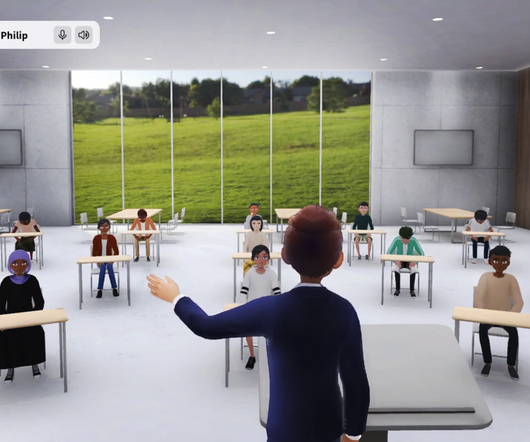6 Benefits of Immersive Learning with the Metaverse
ViewSonic Education
FEBRUARY 20, 2023
While there are still challenges associated with the digital divide and access to technology, this gap is shrinking all the time, especially with smartphones widening access to digital content and software. Support for virtual reality headsets will also be available, providing optional extended reality experiences.
















Let's personalize your content